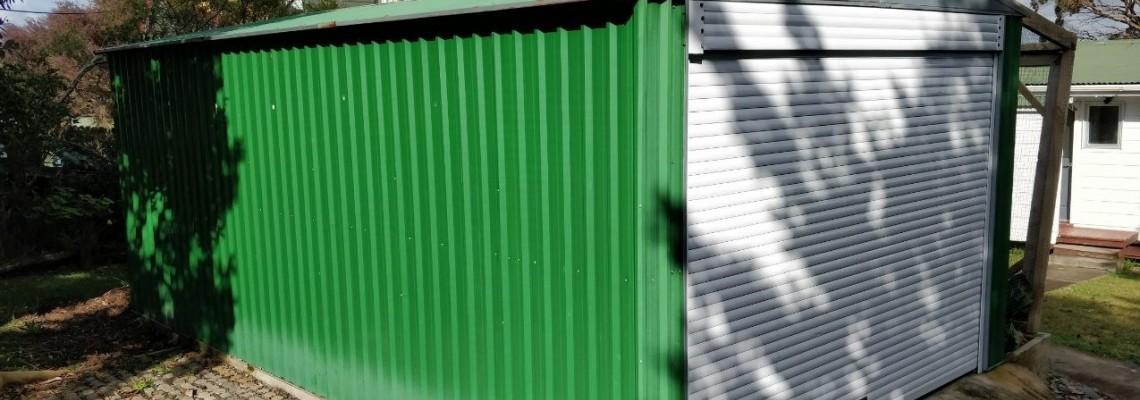
Keep your garden shed in top shape with these simple maintenance tips! From regular cleaning to protecting against pests, we've got you covered. Don't forget to inspect for damage, weatherproof, and organize your shed for a clutter-free space. With these easy steps, your shed will stay in great condition for years to come.
1. Make sure your shed stays clean and debris-free to prevent rust
Maintaining the cleanliness and tidiness of your garden shed is paramount to its longevity and functionality. One crucial aspect to remember is to keep the shed clean and free of debris. Over time, storage sheds can accumulate dirt, fallen leaves, and other debris, which may seem harmless but can have detrimental effects. The primary concern here is the potential for rusting. When dirt and moisture mix, it creates a corrosive environment that can lead to rust on the shed's metal components. Rust not only looks unsightly but can also weaken the structure and compromise its integrity.
To prevent this, make it a habit to regularly sweep or hose down the shed's exterior and interior, removing any accumulated debris. Pay close attention to corners, crevices, and joints where moisture and dirt tend to collect. By keeping your garden shed clean and free of debris, you'll not only extend its lifespan but also ensure that it remains a reliable storage space for all your gardening tools and equipment.
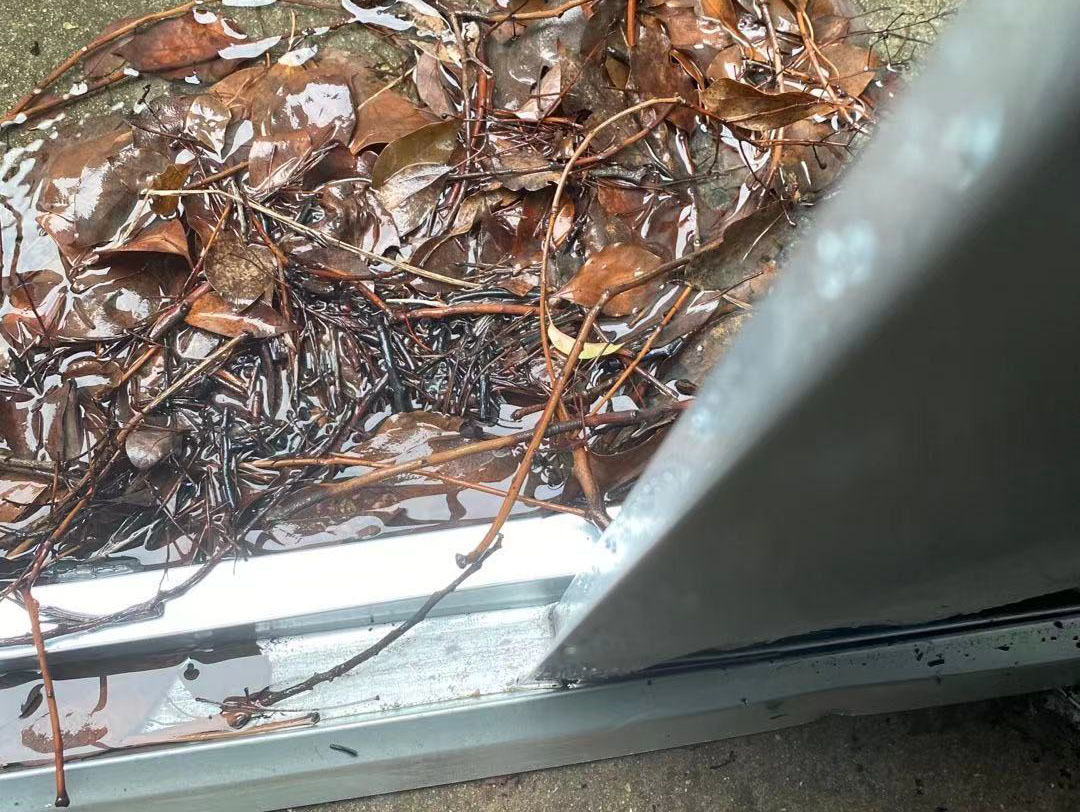
2. Fix scratches or dents promptly to stop rust
It's crucial to address any scratches or dents that may appear on its surface as soon as possible to prevent rust from forming. Even small scratches can expose the underlying metal to moisture and the elements, creating the perfect conditions for rust to develop.
To prevent this, regularly inspect your shed for any signs of damage. If you spot any scratches or dents, take action immediately. Begin by cleaning the affected area to remove any dirt or debris.
Next, use a suitable rust-resistant primer and paint to cover the damaged spot, ensuring that it's properly sealed and protected from moisture. By promptly addressing these issues, you'll not only maintain the shed's visual appeal but also prolong its lifespan, ensuring it remains a reliable and durable storage space for your gardening tools and equipment.
3. Apply lubricant to door hinges and latch for smooth operation
Maintaining the functionality of your garden shed involves paying attention to the details, and one essential aspect is taking care of the door hinges and latch. To keep them in good working order, it's advisable to use a silicone or oil-based lubricant. Over time, these components can become stiff or start making squeaky noises due to exposure to the elements.
Lubricating them not only ensures smooth and effortless operation but also extends their lifespan. Start by cleaning the hinges and latch to remove any dirt or rust buildup. Then, apply a thin layer of silicone or oil-based lubricant to the moving parts.
Be sure to work the lubricant into the hinges and latch, opening and closing the door a few times to distribute it evenly. This simple maintenance task not only makes accessing your shed a breeze but also prevents wear and tear on these crucial components, ultimately preserving the security and functionality of your garden shed for years to come.
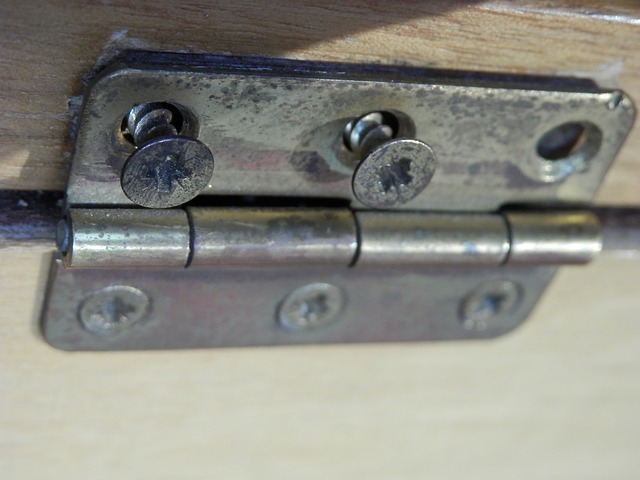
4. Regularly inspect the shed roof for damage
Regularly inspecting the roof of your garden shed is a crucial part of its maintenance routine. Ensuring that the roof is in good condition helps protect your shed's interior from the elements. Take the time to check the roof regularly for any signs of damage or leaks. Look for missing or loose shingles, cracks, or holes in the roofing material, and pay close attention to the seams and edges.
If you spot any issues, it's essential to make repairs promptly. Ignoring roof problems can lead to more significant structural damage and costly repairs down the line. Depending on the severity of the issue, you might need to replace damaged shingles, seal cracks, or patch holes with appropriate roofing materials. By staying proactive and addressing roof problems as they arise, you'll not only extend the life of your garden shed but also ensure that it remains a reliable and watertight space for storing your gardening tools and equipment.

5. Use a rust inhibitor
Protecting the steel components of your shed from rust is vital for its long-term durability. One effective way to achieve this is by considering the application of a rust inhibitor. Rust inhibitors form a protective barrier on the metal surface, shielding it from moisture and corrosion. Before applying a rust inhibitor, it's important to clean the steel thoroughly to remove any existing rust or contaminants.
Once the surface is clean and dry, you can evenly apply the rust inhibitor, following the product's instructions. This proactive step can significantly extend the lifespan of your garden shed, ensuring that it remains sturdy and resilient against the elements. By incorporating a rust inhibitor into your shed maintenance routine, you'll not only enhance its appearance but also save yourself from costly repairs or replacements down the road, ultimately preserving your valuable gardening tools and equipment.
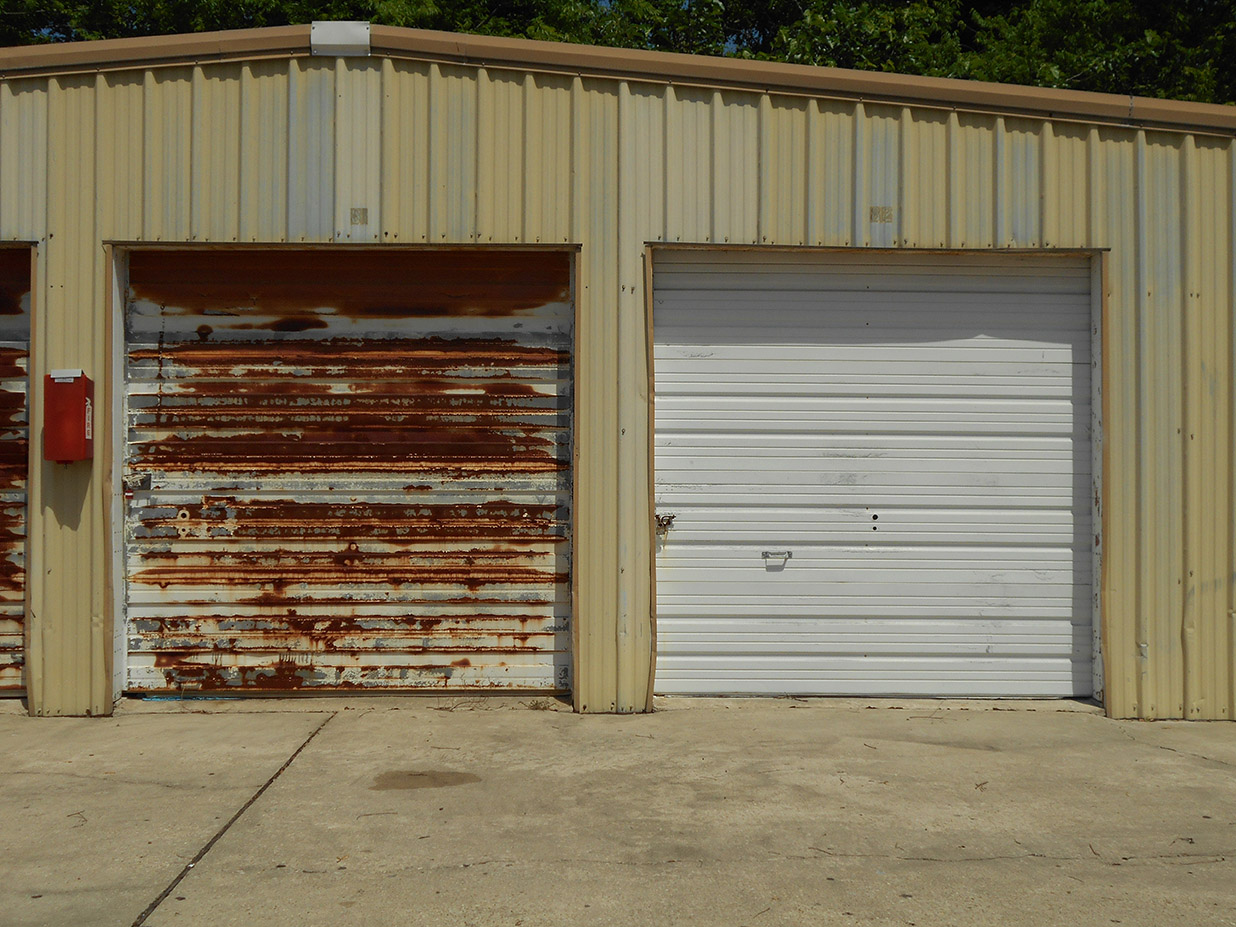

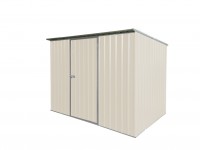

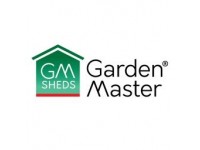

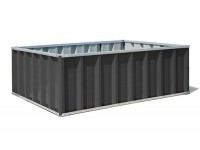
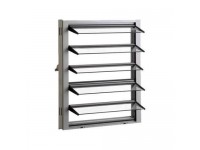
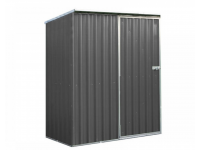
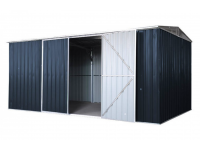
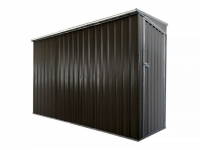
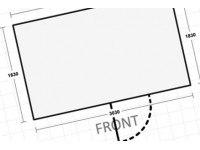
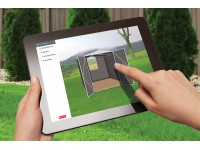

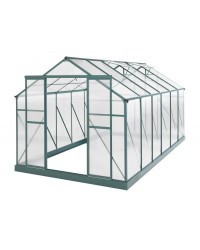
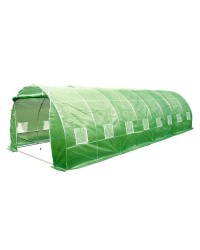
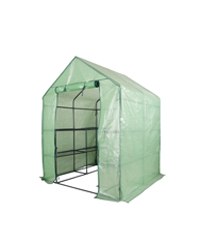
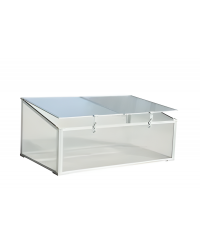
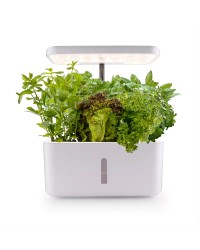
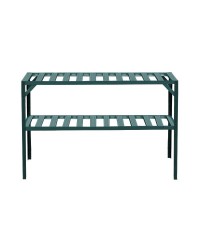
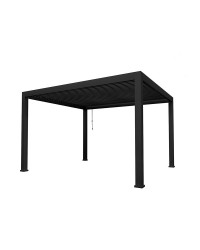
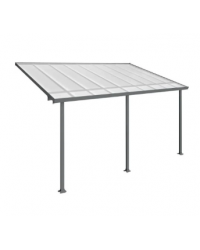
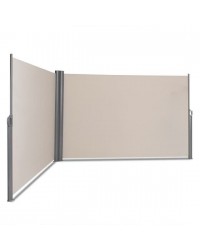

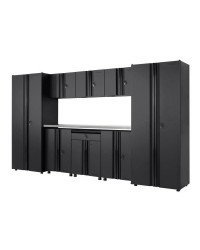
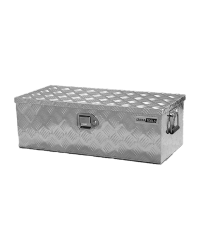
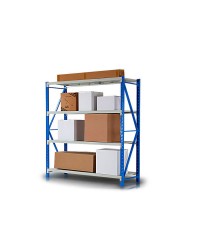
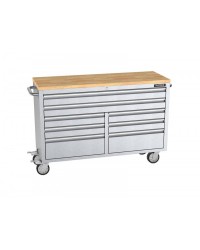
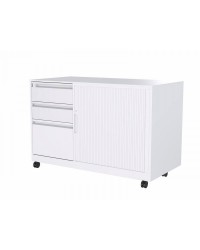
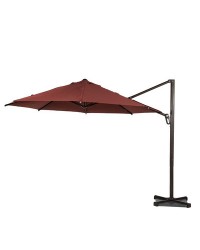
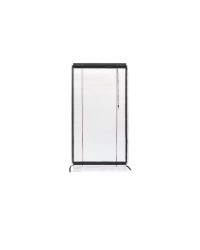
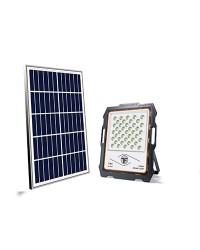
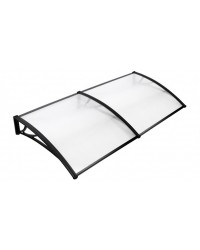
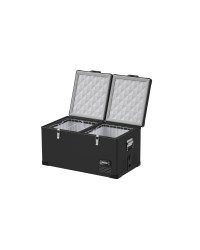
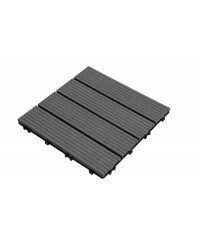
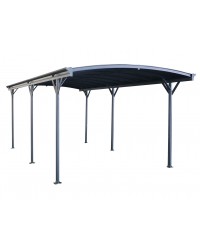
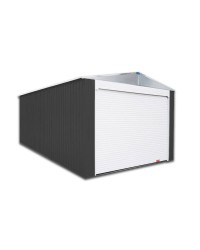





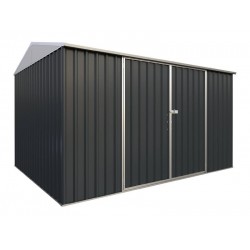
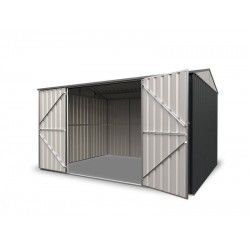
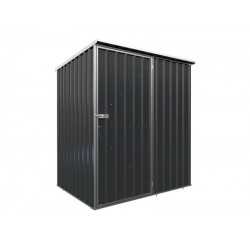

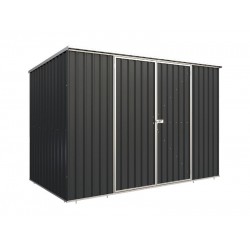
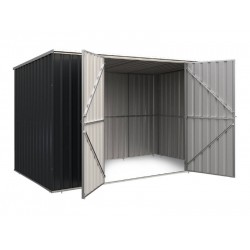
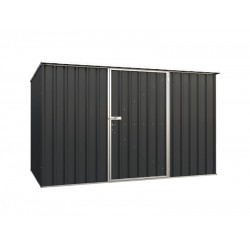
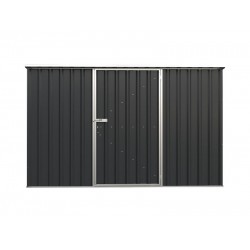
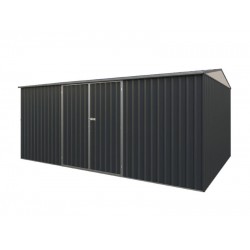
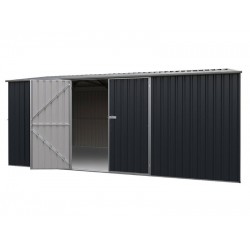
Leave a Comment